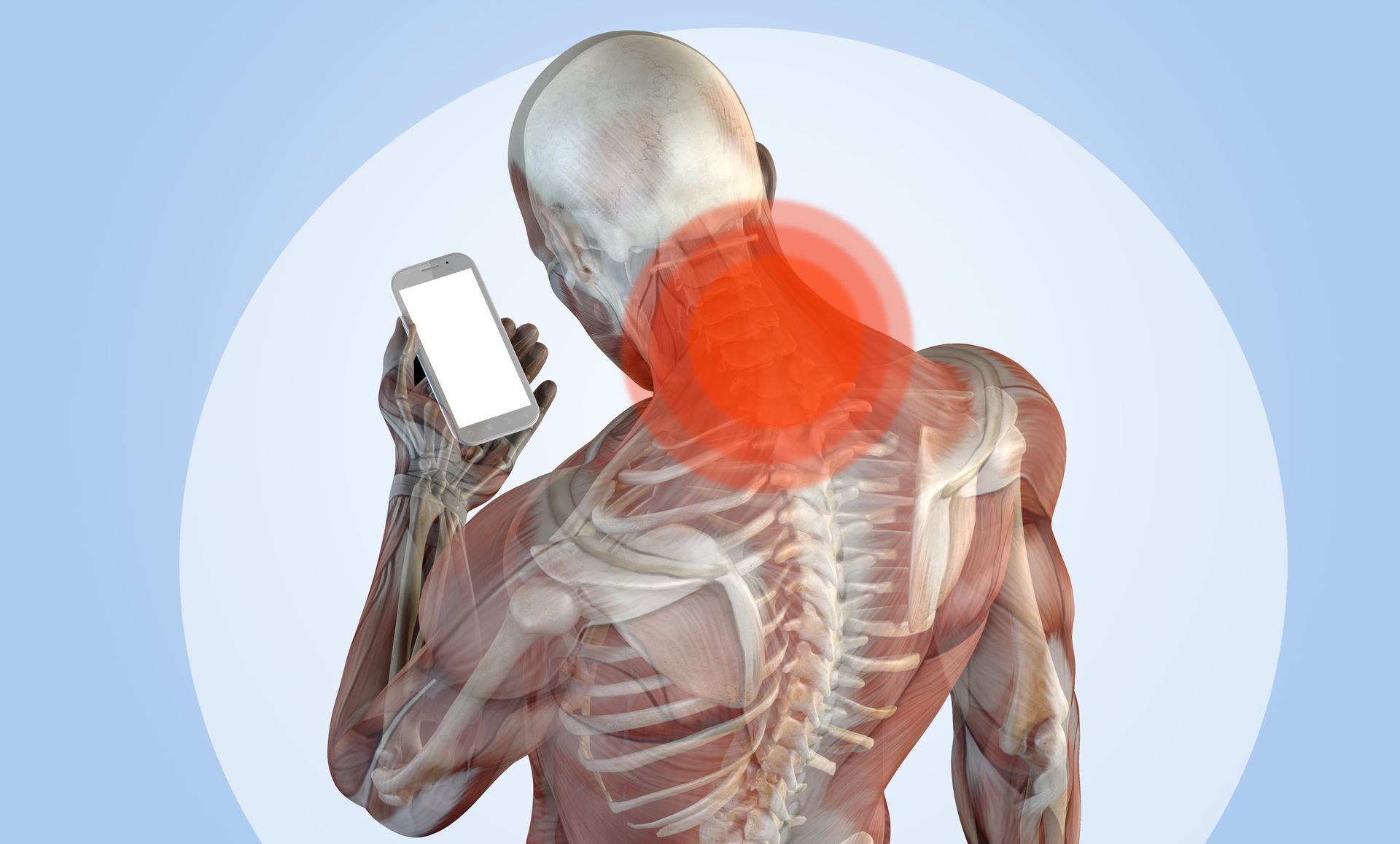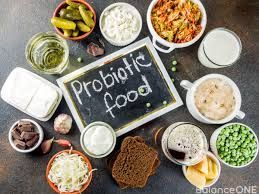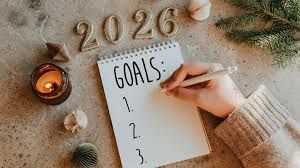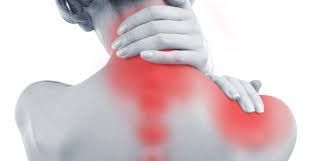6 Stretches for Tech Neck

Smart phones and computers are here to stay but the pain from staring at them doesn’t have to be! So many of us—from office workers to students to people scrolling on TikTok—may spend hours a day looking down at a screen. How often do you notice sitting with your shoulders scrunched up to your ears and hunched over just wondering why your neck and upper back hurt so badly? While the screens may be unavoidable, here are some stretches you can do daily in just a few minutes to get relief from the dreaded tech neck.
1. Chin tuck
Perform this by staring straight ahead and pulling your chin backwards towards your spine—you should feel a double chin forming. Hold this for 1-2 seconds, release, and repeat. This is an easy one to do while sitting at your desk, bonus points if you’re in a cubicle or working from home where your coworkers won’t see your double chin!
2. Scapular Retraction
For this movement, stand up straight and pinch your shoulder blades together and hold for 1-2 seconds. Pretend that your holding a pencil between your shoulder blades and don’t drop it! Release and repeat 5-10 times. This is another easy one to add in a few times throughout the work day to reset your posture.
3. Trap Stretch
Lean your ear towards the shoulder on the same side. Gently pull on the top of your head to increase the stretch. Hold this position for 1-2 seconds and release. Be sure to do both sides!
4.Wall Angels
Standing against a wall with your feet at shoulder width distance, start with your hands at your sides. Slowly raise your arms above your head while keeping your back against the wall. Lower them back to your sides for 1 rep. Repeat this 5-10 times.
5. Cat Cows
For all the yogis out there, you know the benefits of cat cows but for the rest of us, begin in a table top position on your hands and knees with your hands directly below your shoulders and your knees underneath your hips. From there, breath in deeply and look up while arching your back. Breathe out and tuck your chin while pulling your belly button to your spine, arching the other way. Repeat this motion with the corresponding breaths 5-10 times.
6. Ragdoll
Also known as a forward fold, begin this by standing straight with feet shoulder width distance apart, breathing deeply and stretching your arms overhead. Breath out and bend over at the hips so that your arms and head hang low by your shins. Keep a healthy bend in your knees to prevent strain while feeling a good stretch in the hamstrings and release in the upper neck. Gently swaying through this movement can help loosen muscles throughout your body and increase your relaxation.
The human head weighs about 10-12 lbs and ideally, it sits right at the top of your spine in a neutral position. However, we often bend our heads forward—especially while on our phones—and it increases the pressure and strain on our necks. For every 10-15° your head tilts forward off of center, several extra pounds of stress are added to the vertebrae and discs in your spine. So, be mindful about your posture as you work and scroll and if you catch yourself hunched over your keyboard, take a few minutes and stretch out. And of course, come in and see our Buffalo chiropractors and licensed massage therapists to give that extra love to your neck and upper back. Be kind to your spine!
Bethany Wolcott
D’Youville Chiropractic ‘26












